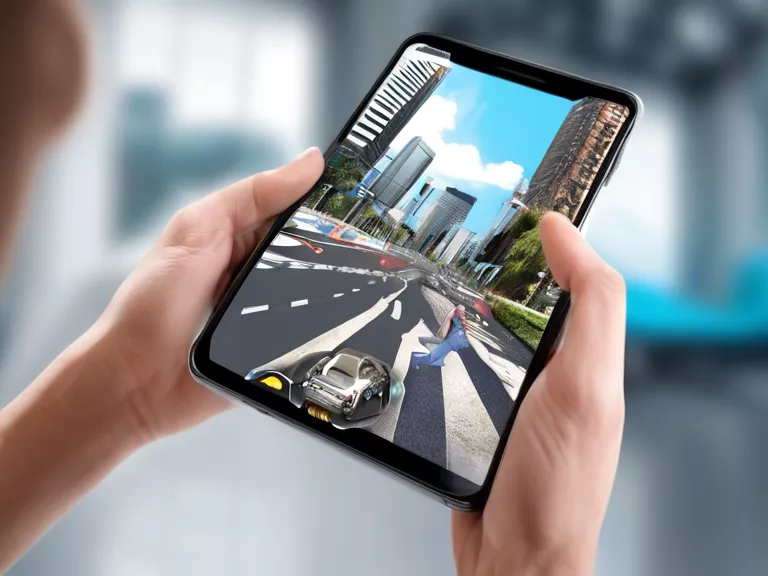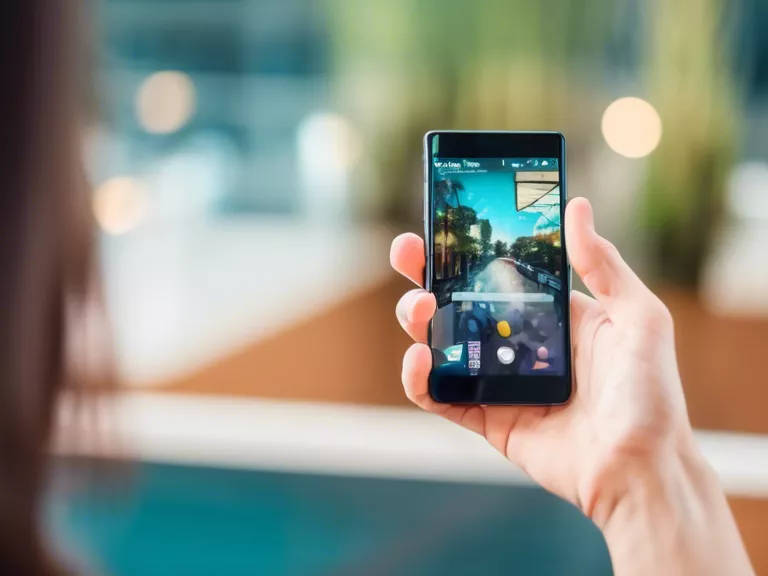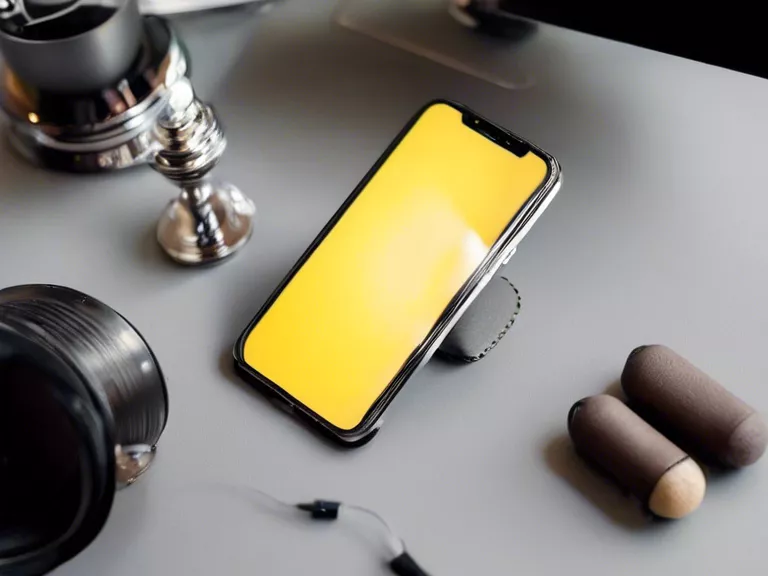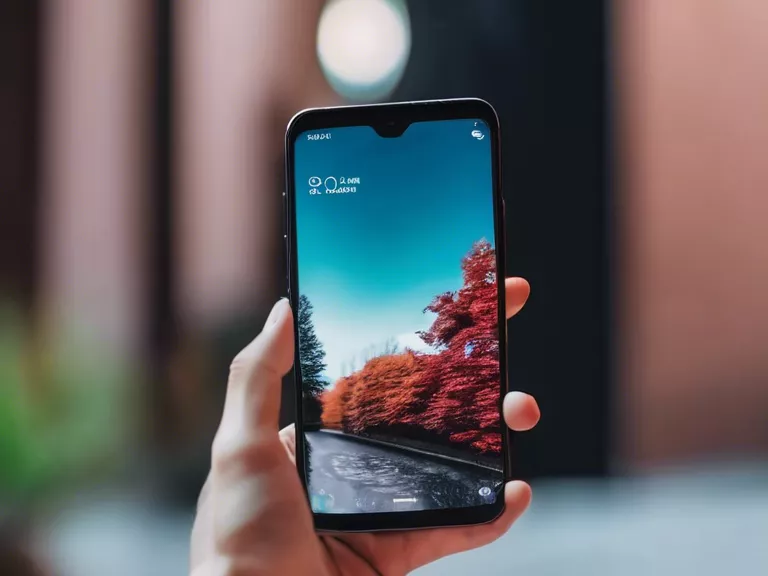
How to use smartphone-based augmented reality for innovative applications
Augmented reality (AR) technology has been steadily growing in popularity over the past few years, with applications ranging from entertainment and gaming to education and business. One of the most accessible ways to experience AR is through smartphone-based apps, which allow users to overlay digital content onto the real world through their device's camera. In this article, we will explore how you can tap into the potential of smartphone-based AR for innovative applications.
The Basics of Smartphone-Based Augmented Reality
Smartphone-based AR works by using the device's camera to capture the real world and overlaying digital information on top of it. This can include 3D objects, animations, information pop-ups, and more. To experience smartphone-based AR, users typically need to download a dedicated app or access AR features within an existing app.
Innovative Applications of Smartphone-Based AR
Retail: One of the most popular applications of smartphone-based AR is in the retail sector. AR can be used to create virtual try-on experiences for clothing and accessories, visualize furniture in a real-world space before buying, and even provide additional product information through interactive overlays.
Education: Smartphone-based AR can enhance the learning experience by providing interactive and immersive educational content. Students can explore 3D models of complex concepts, interact with historical figures in augmented reality, and participate in virtual field trips.
Tourism: AR apps can offer tourists a unique way to explore a destination by overlaying historical information, directions, and points of interest onto their smartphone camera view. This can enhance the overall travel experience and provide valuable insights into the local culture and history.
Healthcare: Smartphone-based AR is revolutionizing the healthcare industry by enabling medical professionals to visualize complex medical data, perform simulations, and even guide surgeries using augmented reality overlays. Patients can also benefit from AR apps that provide interactive health monitoring and information.
Gaming: Of course, gaming remains a popular application of AR technology. Smartphone-based AR games like Pokemon Go have shown the potential for immersive, location-based gaming experiences that blend the virtual and real worlds seamlessly.
Getting Started with Smartphone-Based AR
To create your own smartphone-based AR applications, you can explore development platforms like ARKit for iOS or ARCore for Android. These tools provide the necessary resources and APIs to build AR experiences that can run on a wide range of smartphones. By leveraging the power of smartphone-based AR, you can unlock endless possibilities for innovative and engaging applications across various industries.



